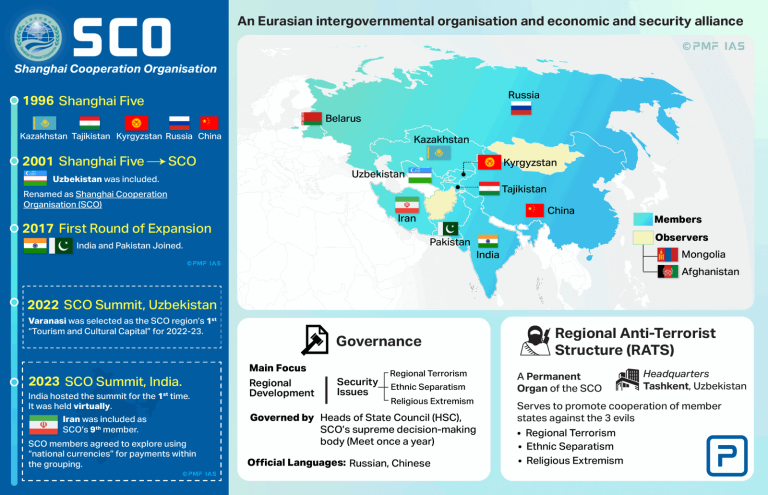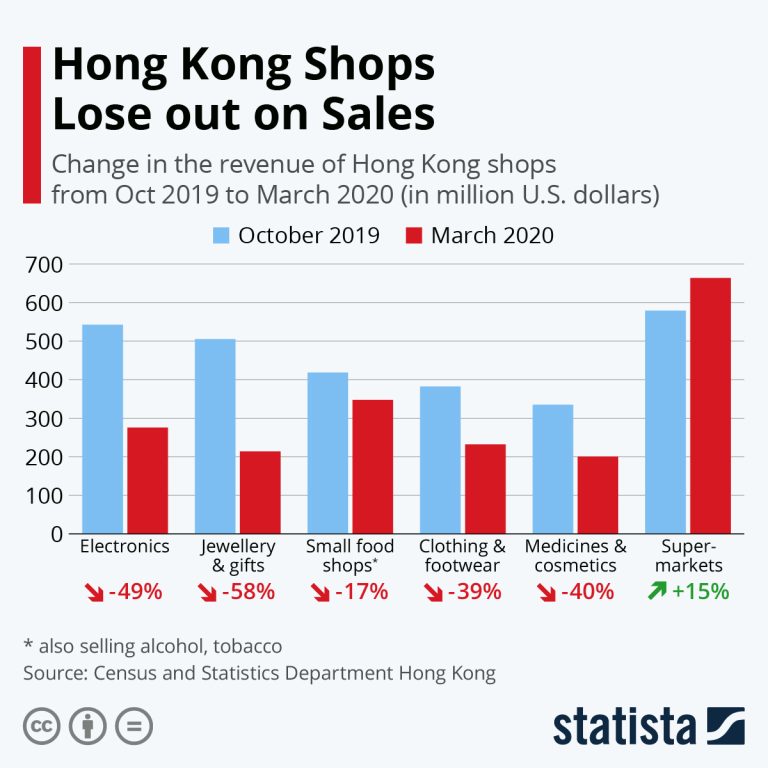Hong Kong’s Centre for Health Protection (CHP) recently reported an imported case of chikungunya fever, highlighting the ongoing challenges of managing infectious diseases in our increasingly connected world. On August 12, 2025, health officials announced a confirmed case involving a 31-year-old man from the Kwai Tsing District, offering a critical reminder about travel-related health risks.
The patient, described as previously healthy, had traveled to Foshan, Guangdong, China between August 1 and August 3, 2025. While he couldn’t definitively confirm a mosquito bite, his travel history strongly suggested the likely source of infection. Chikungunya fever, a mosquito-transmitted viral disease, typically spreads in regions where these insects are prevalent.
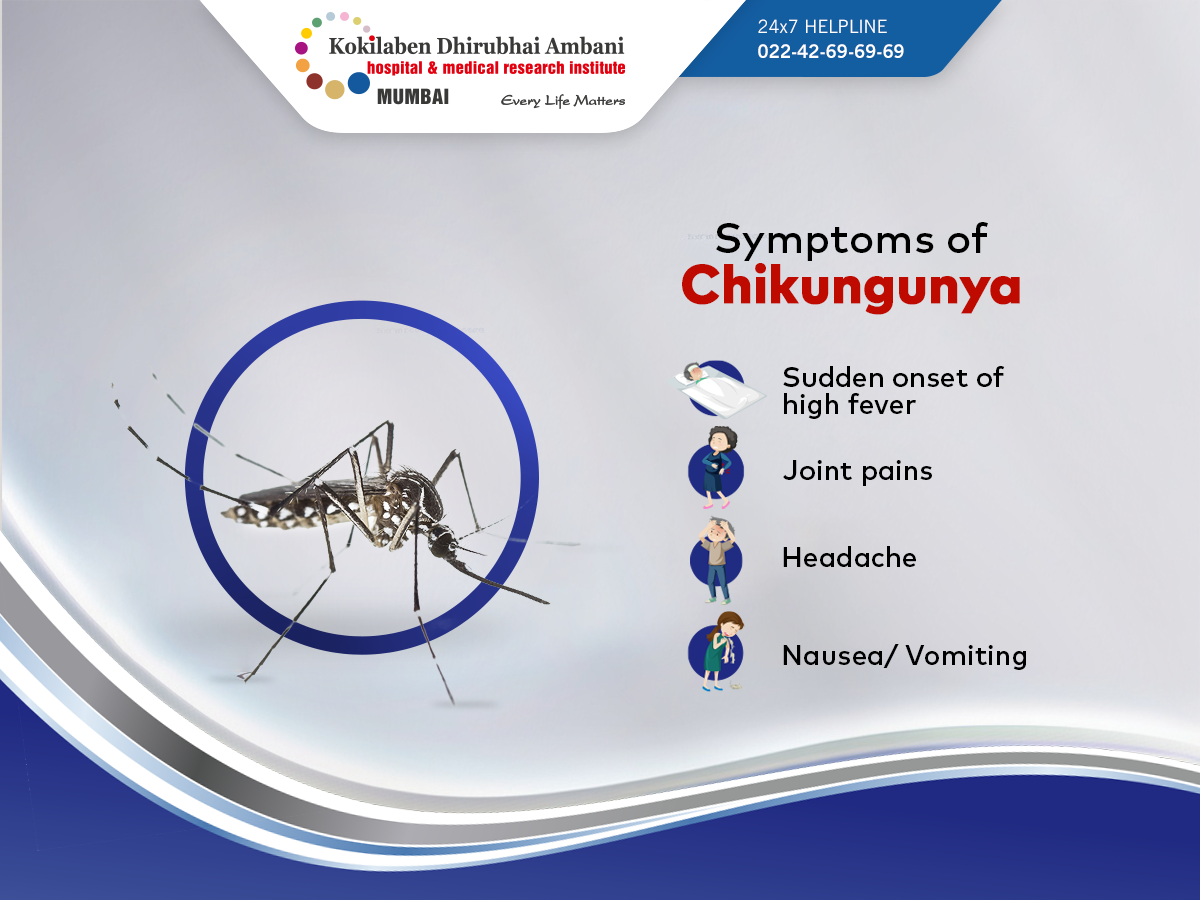
Symptoms emerged on August 8, with the patient experiencing classic signs of the illness: fever, rash, and joint pain. His medical journey became complex, involving multiple locations. After initial symptoms, he traveled to Shenzhen on August 9 and sought medical attention on August 10. Returning to Hong Kong, he was admitted to Yan Chai Hospital’s accident and emergency department on August 11, where subsequent testing confirmed the chikungunya diagnosis.
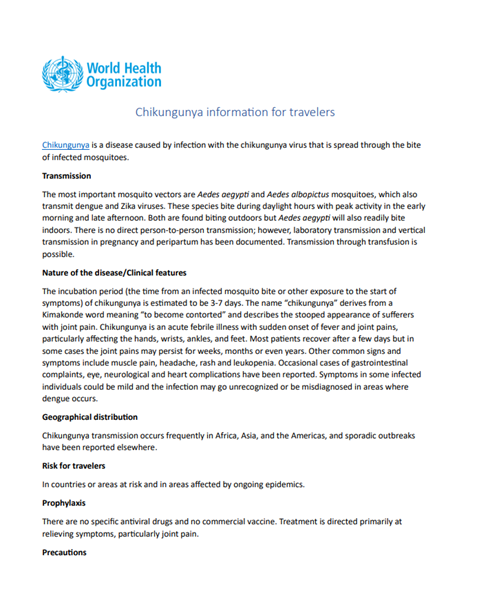
Importantly, health authorities took immediate precautionary measures. The patient was placed in a mosquito-free environment during hospitalization to prevent potential virus transmission. Medical surveillance was also extended to his household contacts, who remained asymptomatic—a standard protocol for managing potential infectious disease spread.

The CHP’s response demonstrated the critical importance of cross-border health communication. They promptly notified Guangdong health authorities about the case, recognizing that collaborative efforts are essential in tracking and managing infectious diseases. This approach is particularly crucial for chikungunya fever, which is not endemic to Hong Kong and typically enters the region through imported cases.
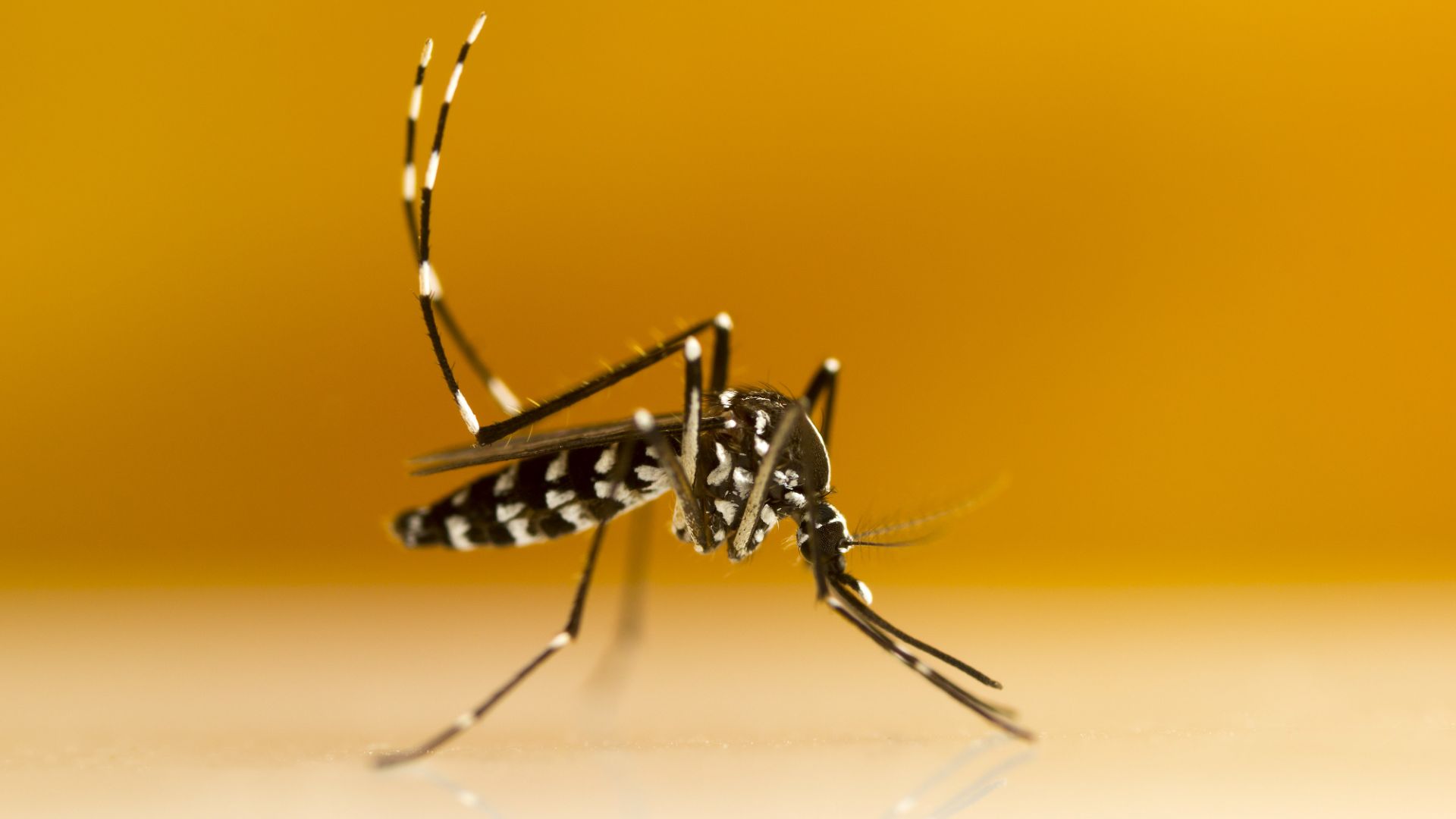
While this single case might seem isolated, it offers valuable insights into travel-related health risks. Chikungunya fever is most common in parts of Africa, Asia, and the Indian subcontinent, making it a potential concern for international travelers. The disease, though rarely fatal, can cause significant discomfort and occasionally lead to long-term joint pain.
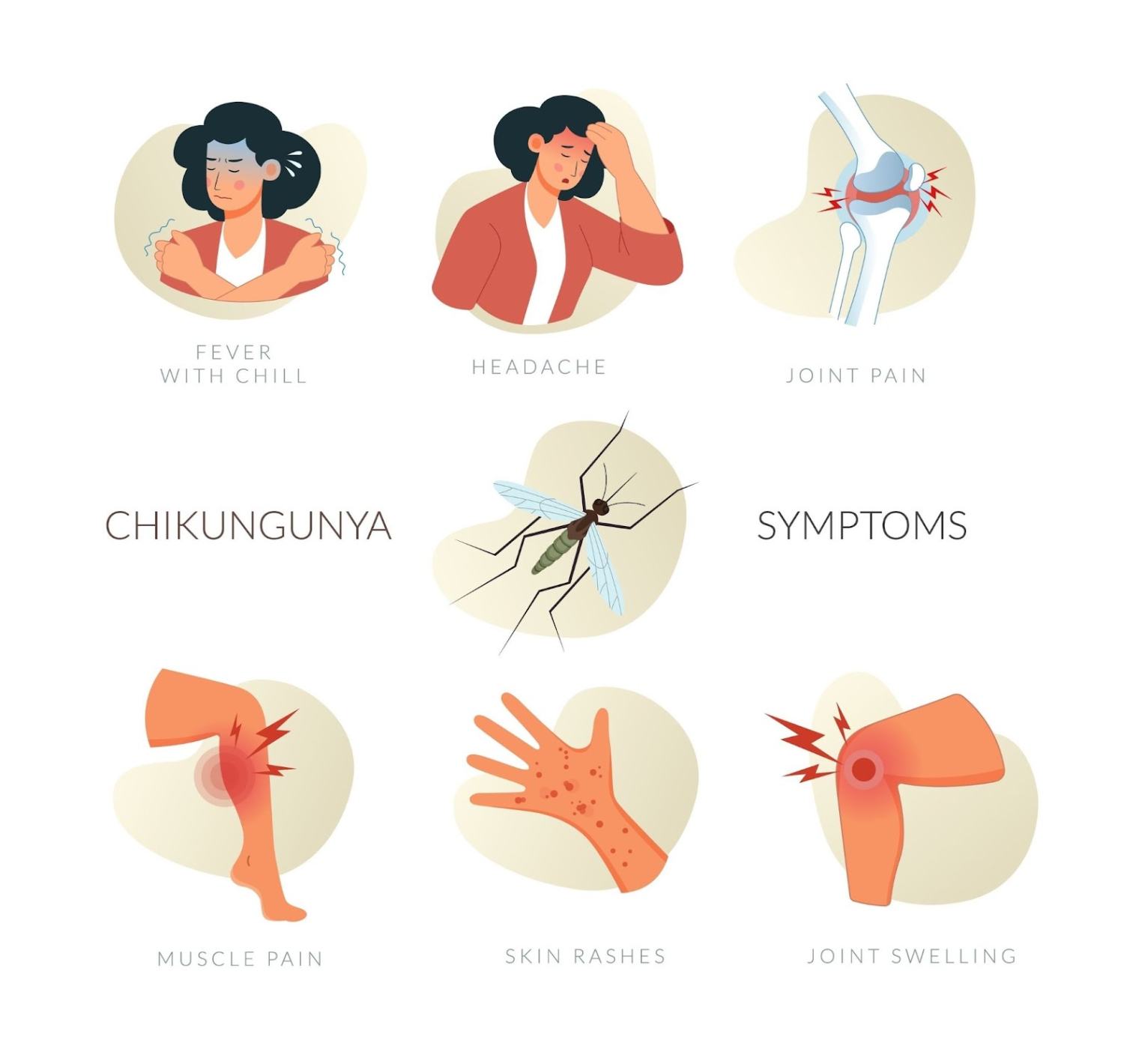
For travelers, this case underscores the importance of preventive measures. Recommendations include using insect repellent, wearing protective clothing, and staying in accommodations with proper mosquito barriers. Understanding potential health risks at your destination can significantly reduce the likelihood of contracting vector-borne diseases.
The incident also raises important considerations for travel and health insurance. Unexpected medical situations like this can result in substantial expenses, especially when treatment spans multiple locations. Comprehensive insurance policies that cover international medical emergencies can provide crucial financial protection and peace of mind.
As of the latest update, the patient’s condition remains stable. His case serves as a reminder that in our globally connected world, health risks can quickly transcend geographical boundaries. Staying informed, taking preventive measures, and maintaining appropriate health coverage are key strategies for safe and responsible travel.
The CHP’s transparent reporting and swift response demonstrate the ongoing commitment to public health protection. By sharing detailed information about imported disease cases, health authorities help raise awareness and enable individuals to make informed decisions about their travel and health precautions.








